WHILE attending the Goffs November Sales in 1971 I spotted Sir Hugh Nugent.
He had a three-year-old colt named Hardboy, owned by the American Mrs Ellie Prentice Porter, who had run prominently a number of times, finishing placed, when I felt he might have won.
I felt a change of stable would probably do him good, so I approached Sir Hugh and enquired if he might be for sale.
My offer of £2,000 was accepted and ownership of the horse was then transferred to a partnership consisting of my mother, Una, and Gene Kruger, the Canadian-based master of the Meath Foxhounds.
Based on his initial schooling before Christmas, I knew he was a natural and I targeted a four-year-old hurdle at Naas in early January. He finished sixth there and, a few weeks later, third at the same venue.
Conditions were ideal for his next run at Leopardstown in February where he gave an exhibition of jumping and won as he liked.
Gamble foiled
Next I targeted an all-aged handicap hurdle at Navan on March 5th, knowing full well that it is extremely rare for a four-year-old to beat his elders in handicap company unless they are exceptional.
The well-backed favourite for that race was the Tom Costello-trained Tartan Ace, who would go on to win 17 races including an Irish National, but on this occasion he lost out by a neck to Hardboy.
“We had five grand on ours,” Tom told me later. “Well,” I said, “mine must be a hell of a horse as you wouldn’t have five grand on a bad one.”
That night I told Galway jeweller Gary Hartman that Hardboy would win the Galway Hurdle and we protected the horse’s handicap mark by only running him on the flat in the intervening months.
The day before the Galway Hurdle, just as the CIE horsebox arrived to collect him, Hardboy pulled out lame. My five-month plan was in tatters, I thought.
We put on a poultice on his foot, loaded him into the horsebox with his groom Sandy Foley and gave instructions to Sandy to re-poultice him twice during the evening and night.
Trotted sound
At 7am on raceday Hardboy pulled out sound, walked sound, and then we trotted him in a straight line and again he was sound. We put tack on him and trotted him once around the racetrack and he came back sound.
Race time arrived and when the horses were leaving the parade ring, the astute flat handicapper Capt Michael Byrne said to me: “I think you will win here. He has improved a stone since you got him and we know he can jump.”
There were 23 runners and, as usual, Hardboy was ridden by Tommy Murphy. They raced in second spot, took it up going to the second last and sprinted up the steep Galway hill to win on the bridle by an ever-widening six lengths. Mission accomplished!
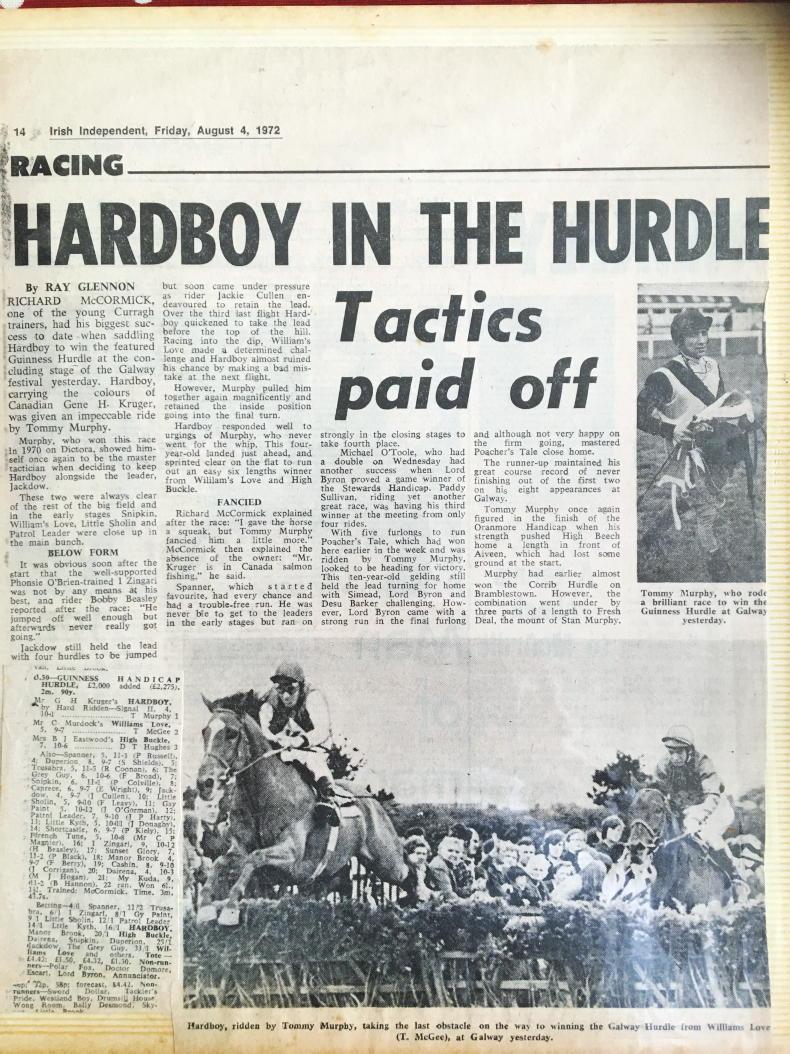
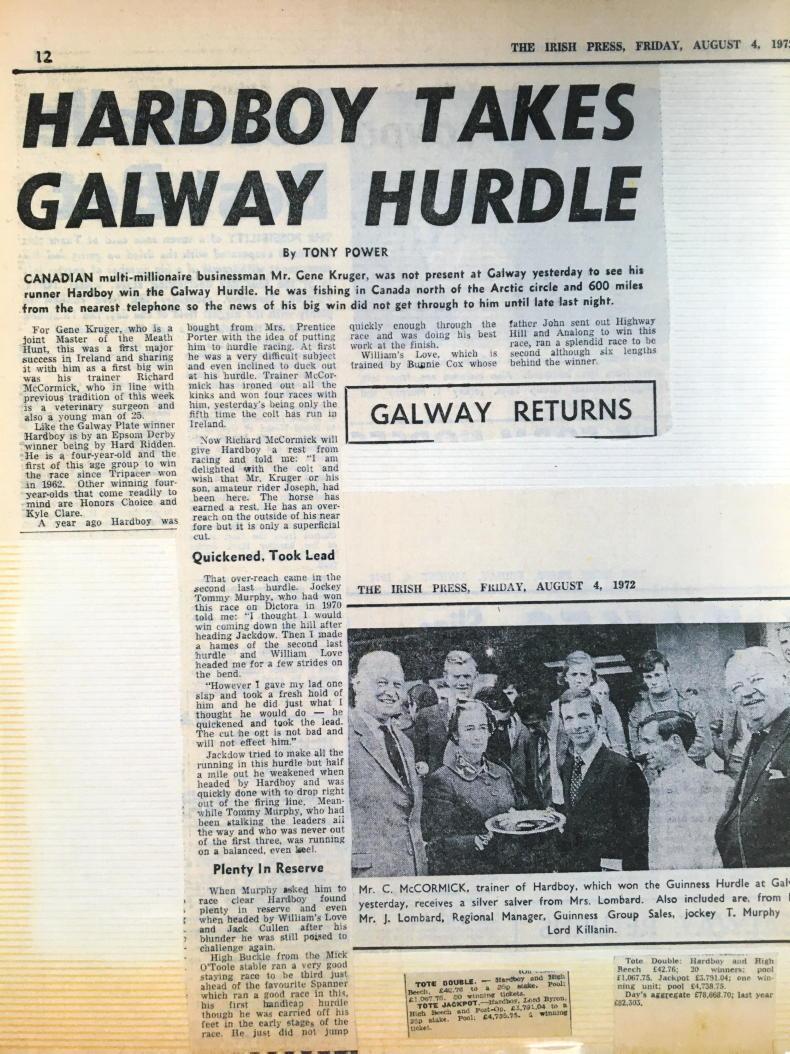
Hardboy had become the first four-year-old in 30 years to win the Galway Hurdle. I was dressed that day expecting to have my picture taken, and it was!
Even though he acquired a hind-limb cut during the race, Hardboy was so well afterwards that I contemplated running him in the Carrolls Handicap Hurdle at Dundalk at the end of August. It was considered the second most prestigious handicap hurdle in Ireland after the Galway Hurdle.
The Irish Times racing columnist Raymond Gallagher quoted four statistics which suggested Hardboy could not possibly win. Carrying 12st on firm ground, he raced to the last with the favourite Top Road and, in a driving three-way finish, he won by a short-head and survived a stewards’ inquiry.
Colonial Cup
In October of that year we were invited to run in the $100,000 Colonial Cup in Camden, South Carolina.
It was a memorable occasion with a real carnival atmosphere despite the temporary facilities which were more like those at a point-to-point than a racecourse.
Tommy Murphy was again on board Hardboy in this two-mile and six-furlong race over a sandy terrain. The pace was furious and, after racing prominently, Hardboy faded in the last half mile.
He wasn’t lame afterwards but the following day he had swelling in his tendon sheath and he never recaptured his old form again.
We retired Hardboy to George Williams’ stud in Co Cork where he sired a number of high-class jumpers.
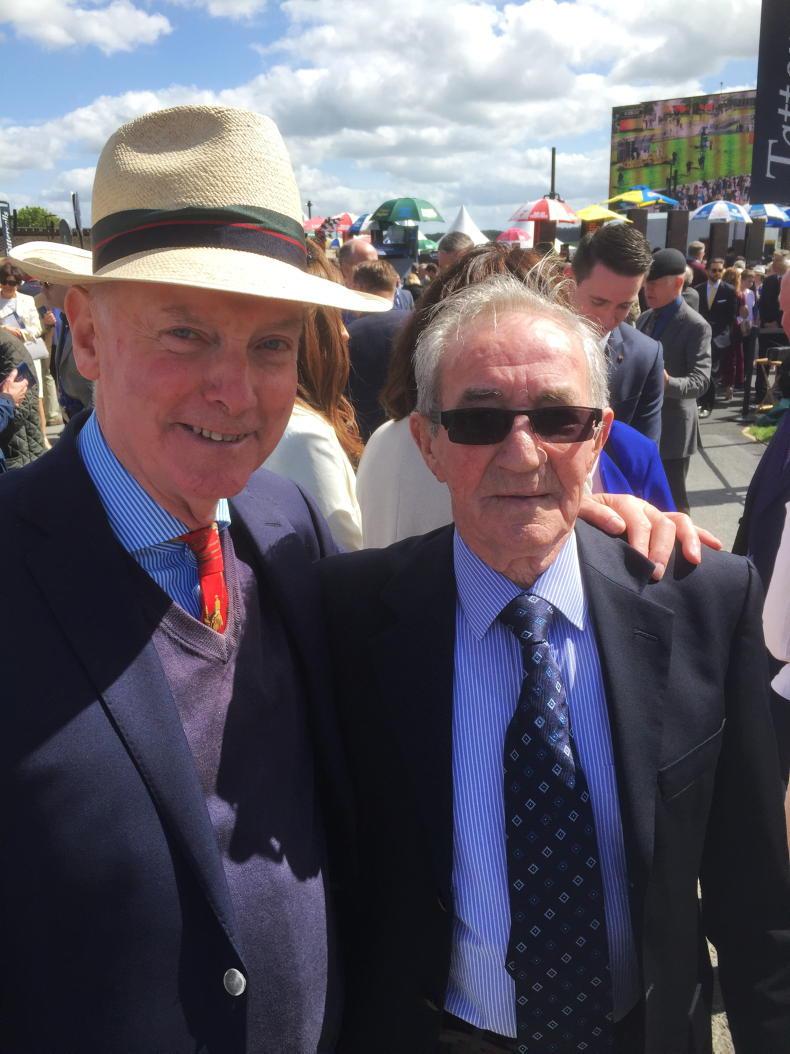


 This is a subscriber-only article
This is a subscriber-only article
 It looks like you're browsing in private mode
It looks like you're browsing in private mode





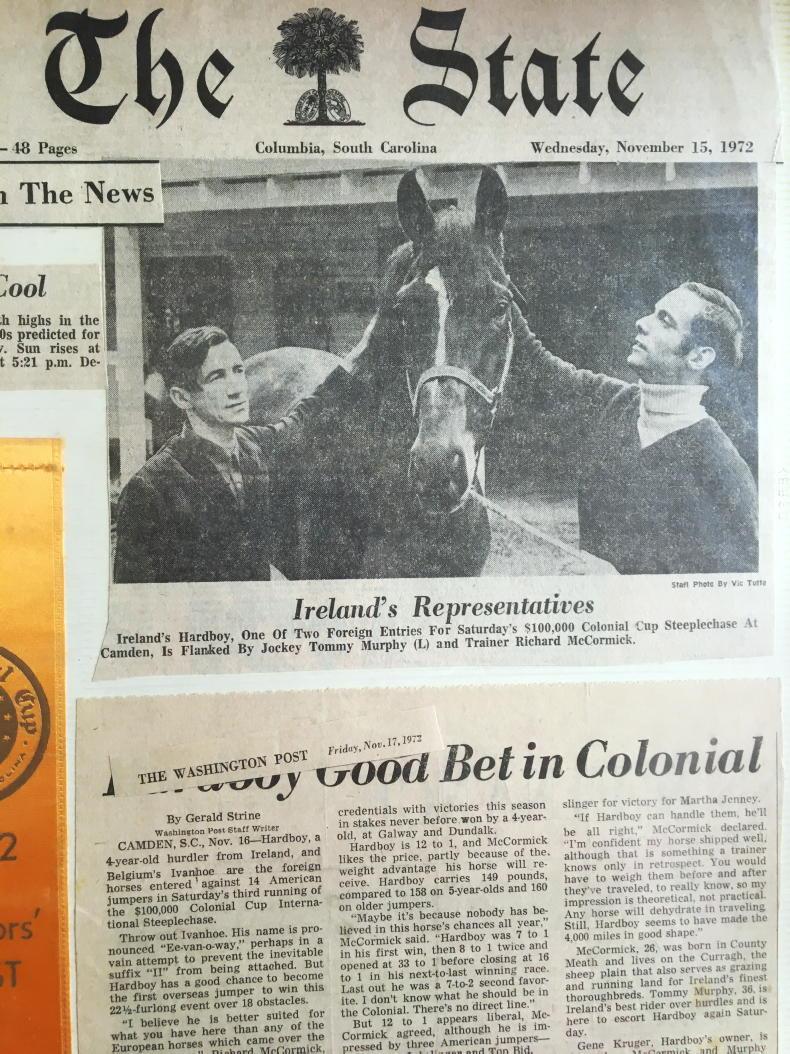


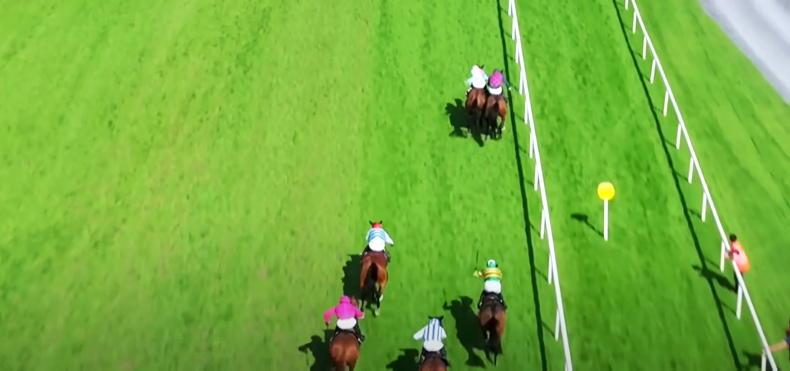

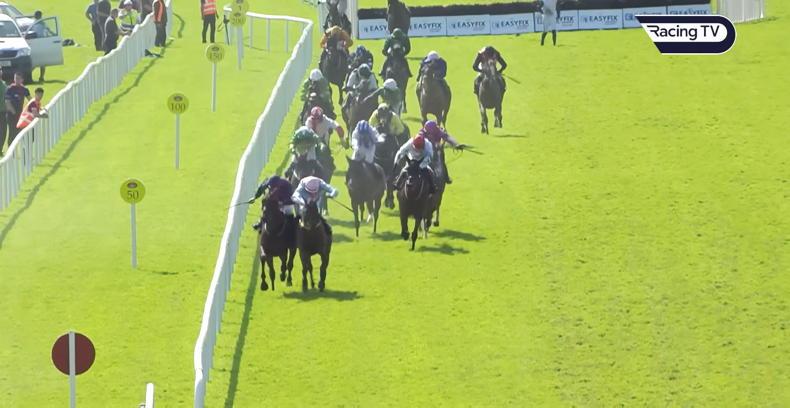
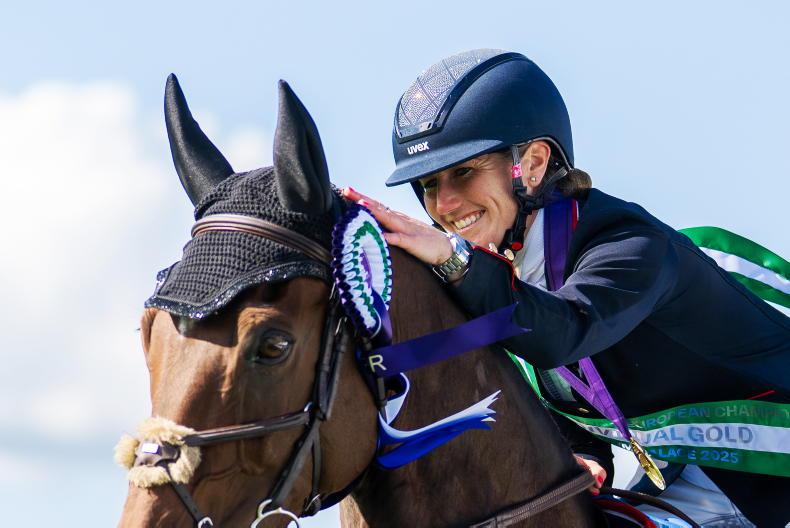
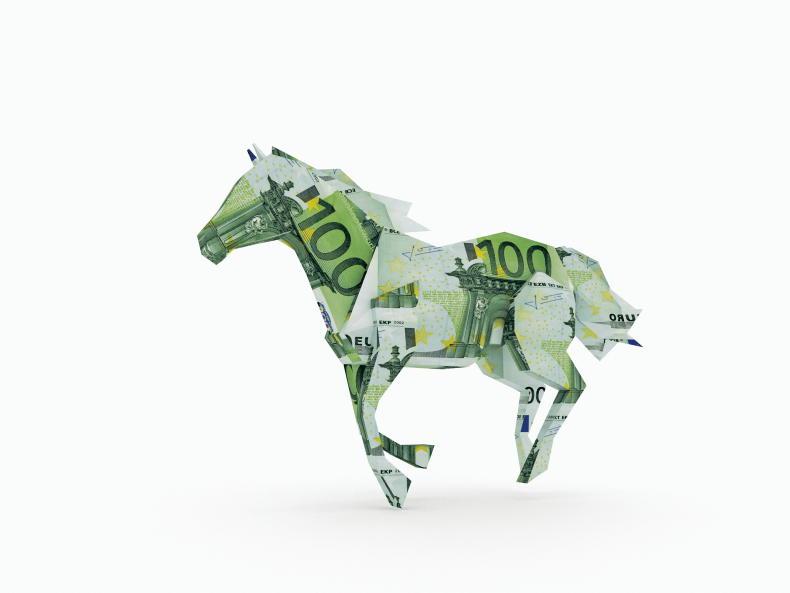
SHARING OPTIONS: